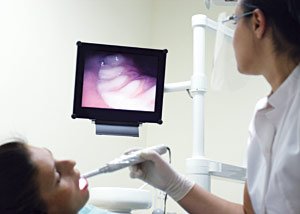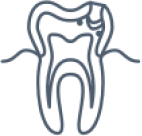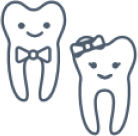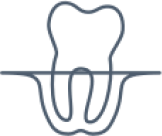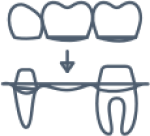In the future, could small cavities be detected early and filled without anesthesia, and with only the minimum removal of tooth material? Will routine dental procedures be performed with patients noticing no vibration or pressure? Will the piercing whine of a dental drill be a sound that’s heard in dental offices no more? The answer may well be yes — in fact, it’s happening right now with air abrasion technology.
The air abrasion instrument is a hand-held tool that dentists use for a variety of purposes. A bit like a mini-sandblaster, it uses compressed air (or another gas) to produce a fine stream of abrasive particles that can be precisely aimed. The small, high-speed particles (often silica or aluminum oxide) remove tiny bits of material in the decayed portion of the tooth; the debris is then whisked away through a suction tube.
Sound futuristic? It is, but it’s not exactly new: Air abrasion instruments were first developed in the 1940’s, but recent advances in high-volume suction and improved dental restoration materials have given the process a renewed appeal. Some of the uses for air abrasion tools include: removing dental caries (cavities) and filling them with composite (tooth-colored) material; preparing teeth for bonding, veneering or other procedures; and removing stains or even repairing small defects in teeth.
How It Works
The tiny abrasive particles (.002” or less in diameter) remove only minute amounts of tooth structure, making a drill seem coarse by comparison. The air pressure, flow rate, nozzle diameter, and other settings on the instrument can be accurately controlled to produce the precise amount of abrasion needed. The result is a minimally-invasive method of removing decayed or unwanted tooth material.
Even though powerful suction is used to remove spent abrasive and debris, it’s still necessary for everyone to wear protective eyewear as a precaution. A rubber dam (shield) is also generally used to keep abrasive particles from affecting other teeth or getting into areas of the mouth where they don’t belong. Nearby teeth and gums can also be coated with a protective resin if needed.
Advantages of Air Abrasion
Because it doesn’t require a whirring drill, air abrasion generates no pressure or vibration, and makes very little noise. It can eliminate the need for anesthesia, especially if the cavity isn’t deep. It reduces the chance of damaging the tooth during a procedure, and it leaves more healthy tooth material behind. This makes it ideal for children, or others who are sensitive to dental discomfort. In fact, it’s perfect for treating tiny cavities that have been detected by laser diagnosis (cavities that aren’t big enough to be seen on an X-ray), and sealing them up before they become bigger problems.
Minimally-invasive procedures are where air abrasion truly shines. Because it’s a relatively fine-scale instrument, it isn’t suitable for treating deep cavities or removing old metal fillings. However, as a high-tech tool for performing many preventive and restorative dental procedures, it offers some unique benefits to both dentist and patient. And some day, it just might make the dental drill obsolete.
Related Articles
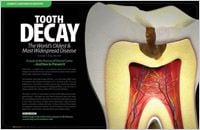
Tooth Decay — A Preventable Disease Tooth decay is the number one reason children and adults lose teeth during their lifetime. Yet many people don’t realize that it is a preventable infection. This article explores the causes of tooth decay, its prevention, and the relationship to bacteria, sugars, and acids… Read Article
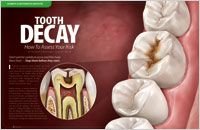
Tooth Decay – How To Assess Your Risk Don’t wait for cavities to occur and then have them fixed — stop them before they start. Modern dentistry is moving towards an approach to managing tooth decay that is evidence-based — on years of accumulated, systematic, and valid scientific research. This article discusses what you need to know to assess your risk and change the conditions that lead to decay… Read Article
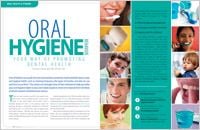
Oral Hygiene Behavior — Dental Health for Life The best tools for maintaining your oral health and minimizing dental problems are a quality toothbrush, toothpaste, a roll of dental floss, approved mouthwash and good diet. This article details a winning game plan for oral health… Read Article
You might also like
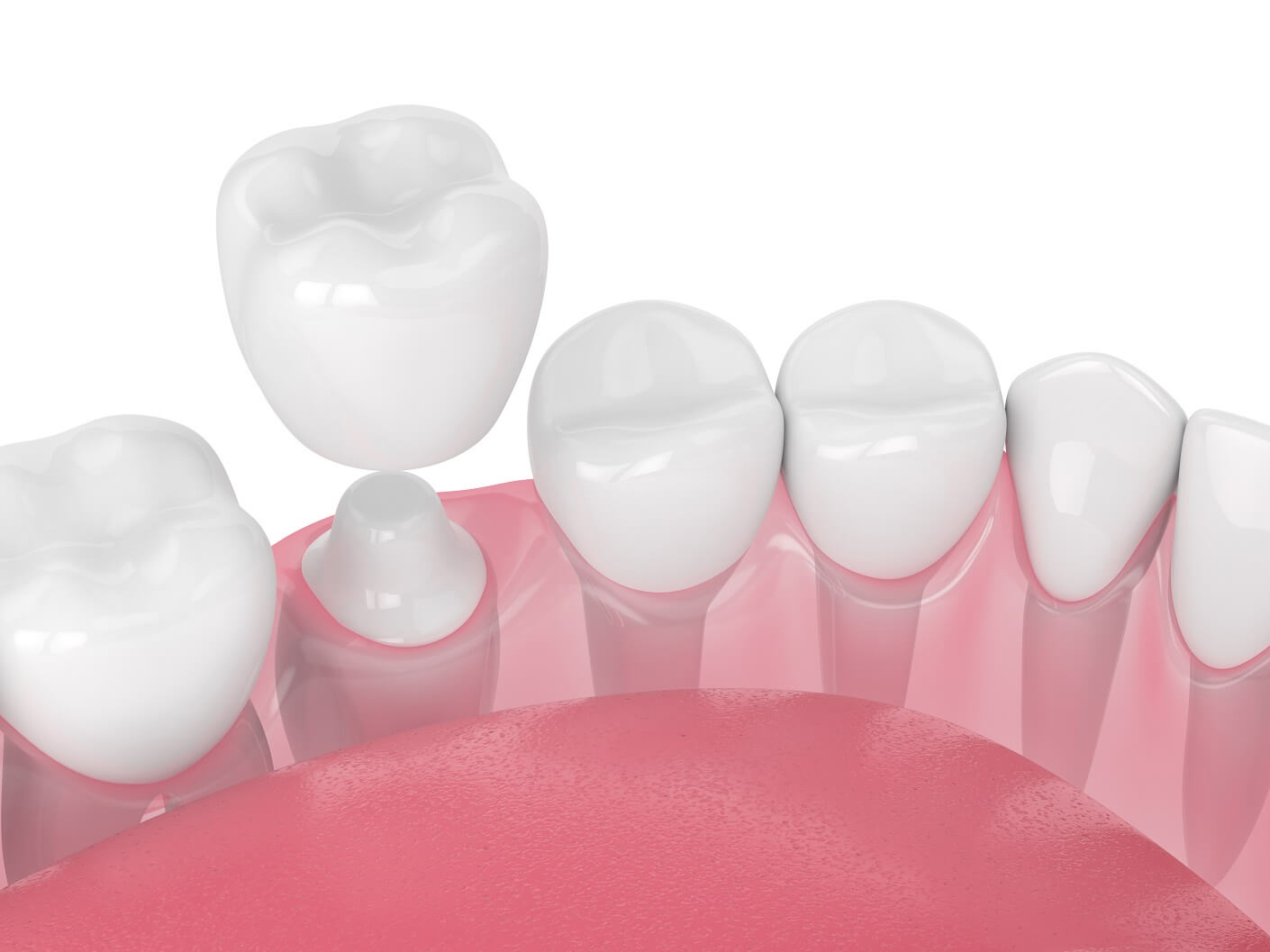
Same-Day Crowns (CAD/CAM)
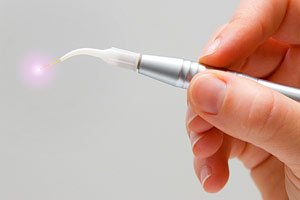
Laser Dentistry
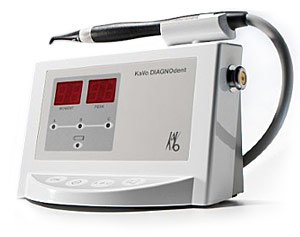
Laser Decay Diagnosis
